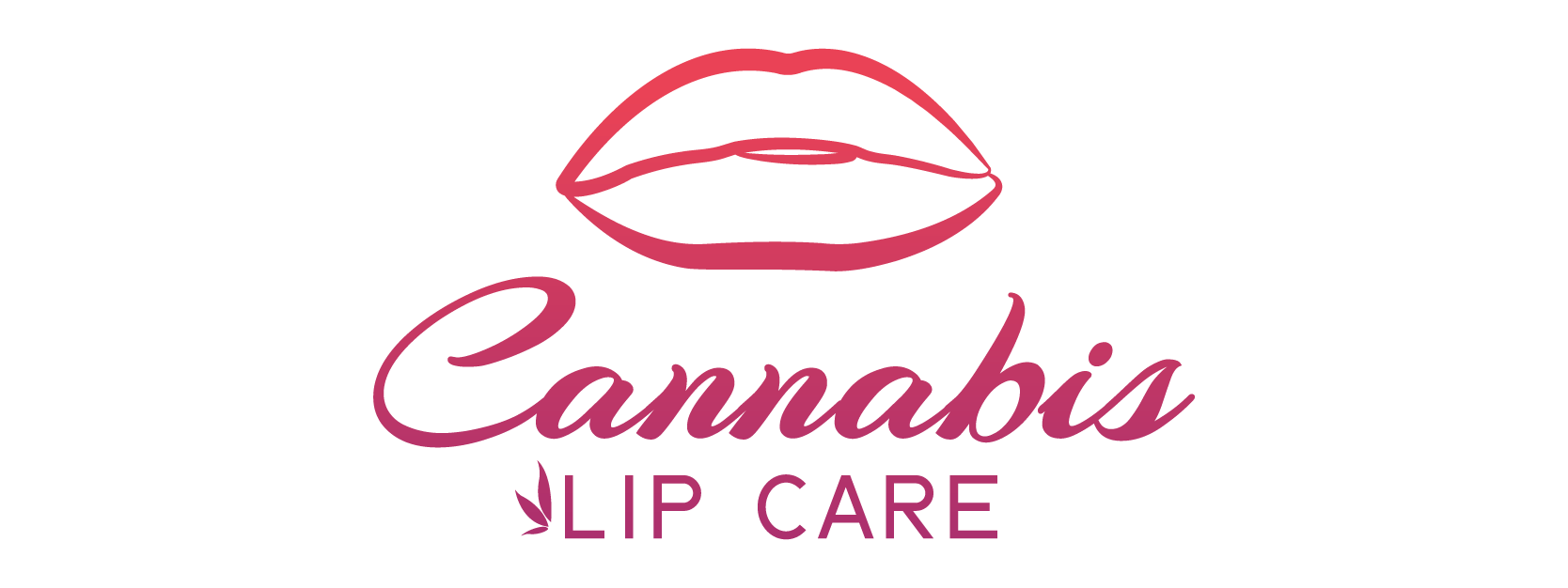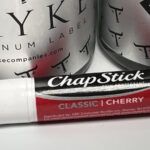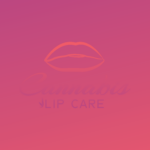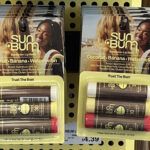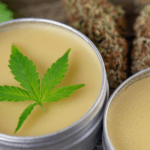THC lip balms and salves are considered topicals, so potency refers to the total milligrams (mg) of THC in the product rather than a percentage, as seen with cannabis flower. Unlike edibles, these products are designed for localized effects—such as soothing and moisturizing—without producing psychoactive sensations. Studies show that cannabinoids can cross the skin barrier, but standard topicals typically deliver minimal systemic absorption compared with engineered transdermal patches. As a result, most users do not experience a “high” from applying a THC balm to their lips or skin.
However, lip skin is unique. The vermilion border—the transition area between lip and facial skin—has a much thinner protective layer and fewer oil glands, which makes it more susceptible to dryness and environmental stress. This also means it can more readily absorb ingredients, including cannabinoids. Because of this, consumers should choose products from reputable brands that publish accurate lab results verifying cannabinoid content and product purity.
Will a high-mg THC lip balm cause intoxication?
Unlikely. Most THC lip products are non-transdermal, meaning they act locally on the skin and mucosal surface. Scientific evidence indicates that THC from standard topical applications has low systemic bioavailability, so psychoactive effects are rare. Intoxication is more likely with transdermal formulations specifically designed to deliver cannabinoids into the bloodstream—these are more strictly regulated and classified differently from standard lip balms.
Are there potency caps or legal limits?
At the federal level, regulation of cannabis-infused cosmetics remains complex. The 2018 Farm Bill legalized hemp-derived products containing less than 0.3% delta-9 THC by dry weight, but the Food and Drug Administration (FDA) has yet to approve THC or CBD as cosmetic additives. While hemp-based cosmetics are widely sold, the FDA continues to monitor and occasionally warn companies that make therapeutic or misleading claims.
State cannabis programs impose their own potency limits. In California, adult-use topicals—including lip balms—are capped at 1,000 mg THC per package, while medical topicals may contain up to 2,000 mg THC. These limits are significantly higher than the 10 mg per serving or 100 mg per package caps seen with edibles, reflecting their non-intoxicating intent. Other states, like Colorado, classify topicals separately from edibles and enforce their own labeling and packaging standards.
Hemp-market topicals, sold online and in mainstream stores, must remain under the 0.3% delta-9 THC threshold. Some states have introduced additional restrictions—Virginia, for example, limits total THC to 2 mg per package unless the product has a minimum 25:1 CBD-to-THC ratio. These evolving laws highlight how states are tightening control over so-called “intoxicating hemp” products.
What should consumers look for?
Buyers should prioritize products that come with certificates of analysis (COAs) showing cannabinoid levels, absence of contaminants, and intended use (topical versus transdermal). Quality formulations combine nourishing ingredients like shea butter, beeswax, and vitamin E with cannabinoids for hydration and protection. Clear potency labeling, now required in many regulated states, helps consumers make informed comparisons between brands.
In summary, “potent” THC lip care refers to the amount of THC in a product, not its ability to create a high. Regulated markets allow higher milligram totals in topicals—up to 1,000–2,000 mg in some states—yet these products remain non-intoxicating when used as directed. Hemp-derived items must adhere to the 0.3% THC rule or stricter state guidelines. For safety and transparency, consumers should always purchase tested, compliant products suited to their state’s regulations.
